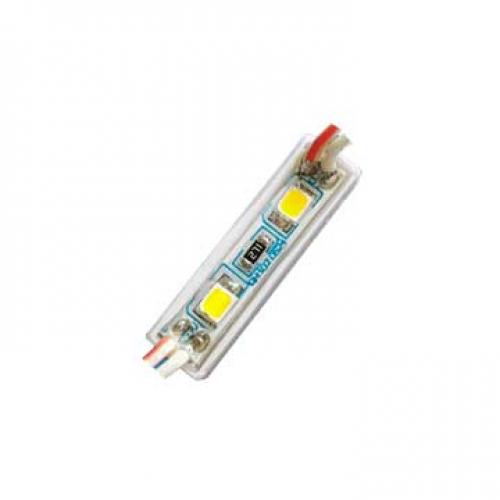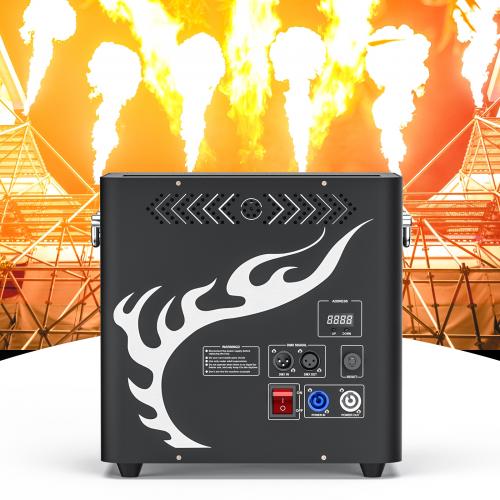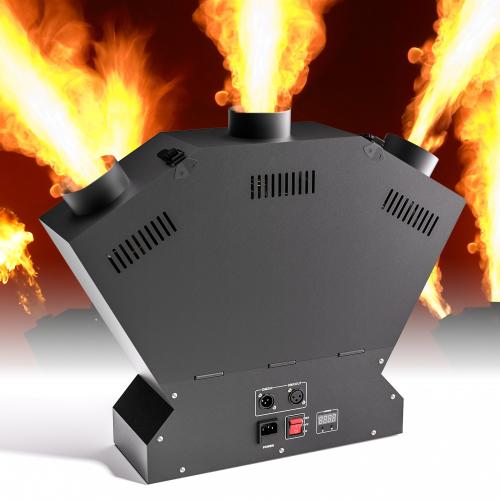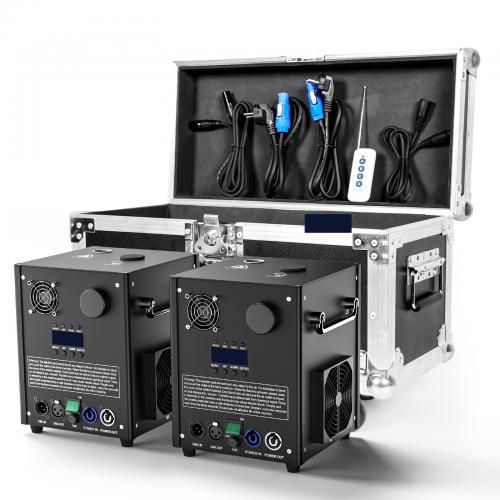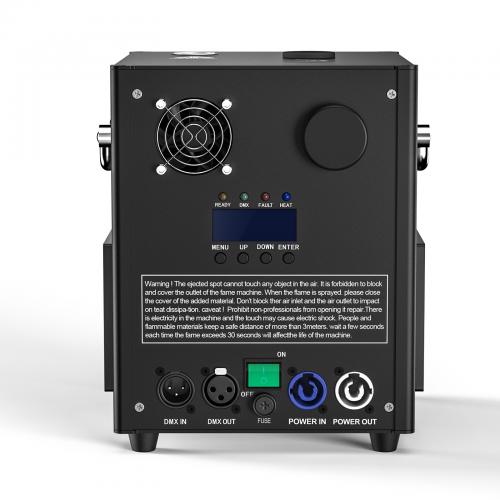What is cold fire called?
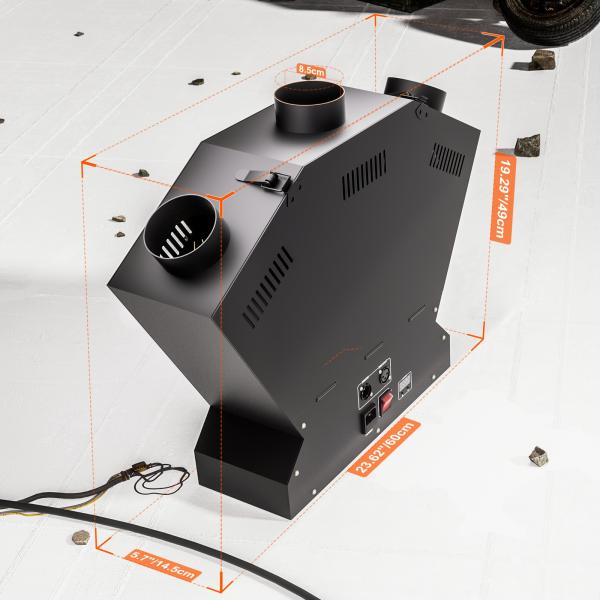
In the realm of chemistry and physics, the term "cold fire" refers to a phenomenon where combustion occurs at a relatively low temperature compared to traditional fires. This can be quite intriguing, as it defies the typical association of fire with high heat. Cold fire is often synonymous with "cool flame," a type of combustion that happens under specific conditions, where the temperature is significantly lower than the usual flames we are accustomed to. This peculiar behavior is not only fascinating but also holds potential applications in various fields, from safety to energy efficiency.
Understanding the concept of cold fire requires delving into the basics of combustion. Traditional combustion involves a chemical reaction between a fuel and an oxidant, producing heat, light, and various reaction products. In a typical fire, the temperature of the flame can reach thousands of degrees Celsius, which is why fire is often associated with heat and danger. However, in the case of cool flames, the combustion process occurs under much milder conditions.
Cool flames were first observed in the 19th century, but it wasn't until the 20th century that researchers began to understand the mechanisms behind them. These flames occur in a narrow range of conditions, often involving specific types of hydrocarbons and oxygen mixtures. The temperature of a cool flame can be as low as 400 to 600 degrees Celsius, which is significantly cooler than the temperatures of traditional flames that can exceed 1,500 degrees Celsius.
One of the key characteristics of cool flames is that they do not emit the same bright light as hot flames. Instead, they produce a faint blue glow, which is often hard to see with the naked eye. This is because the lower temperature of the reaction does not provide enough energy to excite the electrons in the molecules to higher energy states, which is what typically produces visible light in hotter flames.
The phenomenon of cool flames is not just a laboratory curiosity; it has practical implications in various industries. For instance, understanding and controlling cool flames can lead to more efficient combustion processes in engines. In internal combustion engines, cool flames can play a role in the low-temperature oxidation of fuels, which can improve fuel efficiency and reduce harmful emissions. This is particularly relevant in the development of advanced combustion engines that aim to meet stringent environmental regulations.
Moreover, cool flames have implications for fire safety. Since they occur at lower temperatures, they present less of a risk of igniting surrounding materials. This property can be leveraged in designing safer combustion systems and in understanding fire spread in certain environments. For example, in aerospace applications, where fire safety is paramount, understanding cool flame behavior can inform the design of safer fuel systems.
In addition to their practical applications, cool flames also offer insights into fundamental chemical processes. Studying these flames can help scientists understand the kinetics and mechanisms of low-temperature oxidation reactions. This knowledge can be applied to various fields, including atmospheric chemistry and the development of new materials.
Despite their potential benefits, cool flames also pose challenges. Their elusive nature makes them difficult to study, requiring precise control of experimental conditions. Moreover, the transition from a cool flame to a hot flame can be abrupt and unpredictable, which poses challenges in harnessing their benefits safely.
In conclusion, cold fire, or cool flame, is a fascinating phenomenon that challenges our traditional understanding of combustion. By occurring at lower temperatures, cool flames offer potential benefits in terms of energy efficiency, emissions reduction, and fire safety. However, they also present challenges that require further research to fully understand and utilize. As our understanding of cool flames continues to evolve, they may play an increasingly important role in various technological and industrial applications, paving the way for safer and more efficient combustion processes.

 Afrikaans
Afrikaans Čeština
Čeština Dansk
Dansk Deutsch
Deutsch Español
Español Francais
Francais Italiano
Italiano Magyar
Magyar Nederlands
Nederlands Norsk
Norsk Polski
Polski Português
Português Română
Română Slovák
Slovák Suomi
Suomi Svenska
Svenska Tiếng Việt
Tiếng Việt Türk dili
Türk dili Ελλάδα
Ελλάδα Русский
Русский اللغة العربية
اللغة العربية แบบไทย
แบบไทย 中文繁體
中文繁體 日本語
日本語 한국인
한국인



